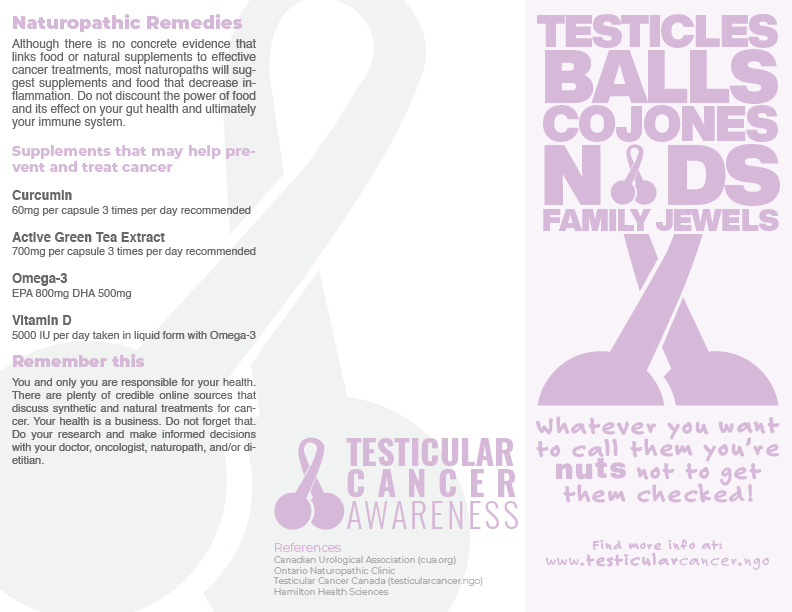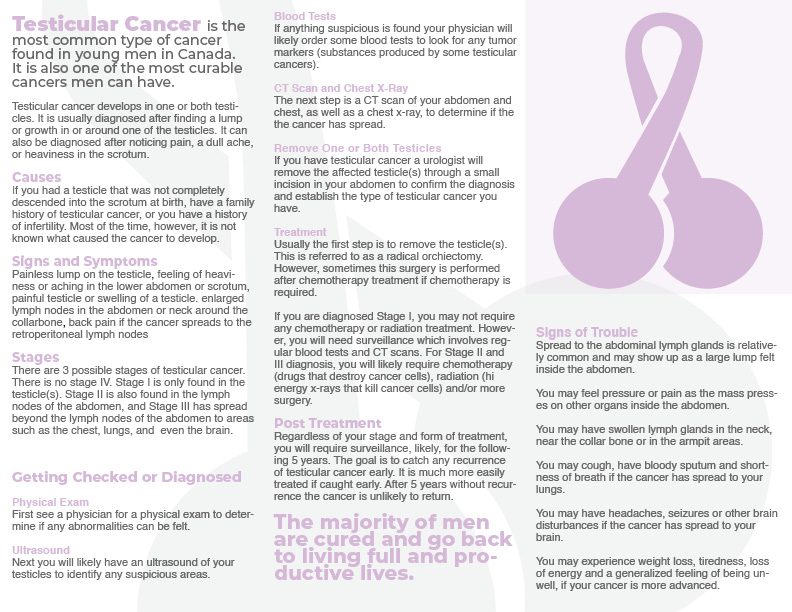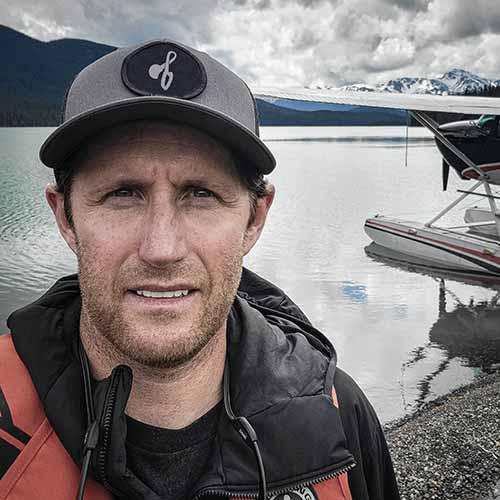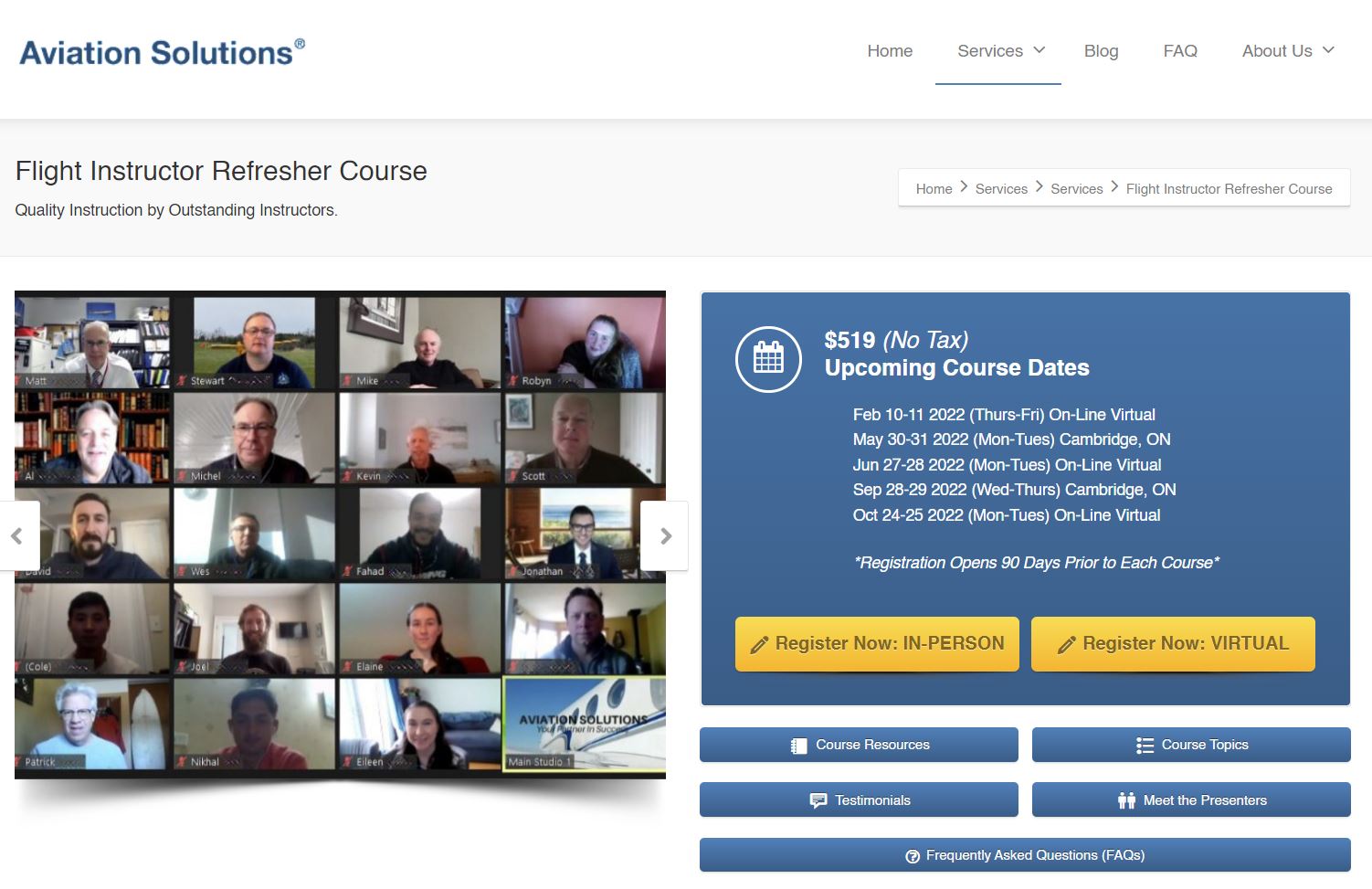A Pilot with Cancer
On February 3, 2022 I was told I had stage 3 testicular cancer. It had spread to my chest and lungs. I was to undergo an orchiectomy and 9 weeks of chemo therapy. I would lose all my hair. I would also lose my category 1 pilot medical.
Me as a Pilot
In October of 2021 I completed my group 1 flight test. For those who may not know, this is a rating to fly an airplane with 2 engines or more by the instruments only. This was the last piece of my pilot training. Of course, every pilot is always learning. However, this was the end of my ‘student’ pilot training. In summary, I have a Canadian commercial pilot license, a multi-engine rating, an IFR rating, a seaplane rating, and a class 4 instructor rating.
After all this training I started flying as a 182 jump pilot. I did one full season flying skydivers. In December of 2021 I started noticing consistent signs and symptoms that something was not right with my health.
Signs and symptoms
In December of 2021 I started to experience some chest pain that was consistent. However, for 2 years preceding this, I had a tiny pain in the middle of my upper chest at the front. I dismissed it as a pulled muscle in between my ribs. I was very active as a tandem skydiving instructor at the time, was in the gym quite frequently and decided the pain, which I felt very infrequently, was nothing to really worry about. I have had sore ankles, shoulders, and other aches and pains that last a while. I also thought I was in pretty good physical condition. Not once did I ever think I might have cancer.
The chest pain continued to get worse. I had a CT scan which found multiple nodes in my chest and lungs. An enlarged lymph node just above my collarbone on the left side was also present. I had a biopsy taken from this lymph node. The result was a seminoma germ cell tumor; testicular cancer. How on earth did my testicles end up in my chest? (LOL) Well, they hadn’t. The cancer had spread. This was stage 3 testicular cancer.
Treatments
Once the biopsy result was returned the health system in southern Ontario was very quick to get me in to see an oncologist. I became a patient of the Juravinski Cancer Center (JCC).
The initial appointment was tough. The oncologist, Dr. Sathiyapalan, told me what type of cancer I had, what stage, the treatment and the prognosis. While the prognosis was favorable, it was going to be a tough road to get through to the other side.
The treatment started with something called an orchiectomy. The surgery happed on Feb 21, 2022. Following a two week recovery from surgery I would start 9 weeks of chemotherapy.
For the treatment of my stage and location of testicular the oncologist put me on BEP chemotherapy. Because I was to have an IV inserted into my arms almost daily, immediately prior to starting chemo I had a PICC line installed. This 41cm plastic tube was inserted through the inside of my right bicep, into a big vein, and then feed through my shoulder area stopping somewhere in the middle of my chest. It sounds terrifying. However, I didn’t feel a thing. The worst part about the PICC line is that I couldn’t get it wet or lift anything heavier than 10 lbs with my right arm. After the PICC line was inserted I went straight to the Juravinski Chemo Suite where I started chemo.
As mentioned I was to have 9 weeks of chemo (which ended up being 10 weeks as I contracted COVID somewhere around week 6). My chemo schedule was broken down into three 3 week cycles. I would spend the first 3 days of each cycle in the chemo chair at the JCC, followed by 3 days of hydration by IV at home. On Monday of weeks 2 and 3 I would return to the JCC for a shot of Bleomycin. Before each treatment I would have my blood tested to make sure my blood counts were at an acceptable level to continue. Chemo is very hard on your body.
As mentioned, I contracted COVID in the middle of my treatment. As if going through chemo wasn’t enough. The side effects of chemo plus COVID were terrible. I had blotches on face, areas of yellowing skin, mouth sores and terrible pain in some of my teeth, fevers, an awfully dry mouth, the constant feeling of vomiting, a cough that lasted 2 months, loss of appetite, and I lost all my hair. However, it was all worth it because I’m still alive.
Outcome
My last dose of chemo was on May 9th. I had a CT scan on June 1st. The result was a drastic reduction in the amount of masses and the size of masses in my chest. There were still a few remnants of tumors in my chest. As my second post-chemo CT would demonstrate, it was likely necrosis.
Pilot Medical after Cancer Treatment
My post CT scan appointment was on June 7th. I had my category 1 medical back on June 16th. This was extraordinarily fast and I thank the Transport Canada doctors for their understanding in reinstating my medical so quickly. My recovery from chemo treatment was fast, likely because of my age and lifestyle. Because of my speedy recovery and the favorable result from the post-chemo CT scan the oncologist had no problem with me returning to work as a pilot. I went through stage 3 testicular cancer and got my medical back all within 6 months.
Conclusion
I spent a month worrying about what type of cancer I might have. It is hard to to stay calm after an ER doctor tells you “it looks like cancer’. I figured my career as a pilot was over; it wasn’t.
I cannot speak for any other type of cancer other than testicular cancer. It is very treatable, although the road is not always easy. The cure rate is upwards of 92%. The key is catching it early.
Testicular cancer is not career ending for pilots in Canada.
What I wish I had known
I wish I had known more about cancer in general. I wish I had gone into the doctor (or emergency) at the first sign of pain in my chest. I wish I had treated any pain in my chest (or abdomen) more seriously. I wish I had known more about the signs and symptoms of testicular cancer.
According to Johns Hopkins the chances of contracting testicular is 1 in 270. Learn how to get checked.
How to Get Checked For Testicular Cancer
Doctors recommend self-checking your testicles for lumps at least once a month usually after you get out of the shower. You can also have blood tests completed that look for tumor markers. Furthermore, a chest x-ray or a CT scan would probably reveal any abnormalities in your chest or abdomen. However, you might have to get creative to find a way to get one in Canada if you are not exhibiting any symptoms. A CT is very good as a benchmark as well.
Diet and Cancer
Cancers seem to feed off sugars. Cancer is also a form of inflammation. By decreasing your sugar intake and increasing your intake of anti-inflammatory foods you might be able to help defend against cancer. After consulting with a naturopathic doctor I have started taking Natural Factors Theracurmin Double Strength 3 times daily, AOR Green Tea Extract 3 times daily, 5000 IU of CanPrev vitamin D drops, and high DHA/EPA Omega 3 liquid daily. I have also eliminated refined sugars and limit natural sugars. Translation: I eat a lot of fish, green vegetables, berries, and nuts. I would also recommend asking/paying for a food sensitivity test. I had no idea how many foods I was ‘allergic’ to.
Testicular Cancer Media
Here is a brochure I made as a testicular cancer awareness initiative.


Testicular cancer brochure in PDF click here.


Hi there, thanks for sharing, I think there are a lot of folks out there who have a similar story, but they don’t seem to be shared out there. I’m studying up for my license and like you went through the bleomycin. I’ve been told of potential complications in high oxygen environments, so avoiding scuba diving is on the list. Has this been a concern or something of consideration for being a pilot and flying at high altitude? I’ll be asking some medical professionals as well, but would love to hear about personal experiences as well. Thanks and hope you’re doing well!
I haven’t had any problems flying after my BEP chemo treatment. I haven’t been scuba diving yet so not sure about that one. I bounced back pretty quickly but still have a few side effects like my fingers get numb quickly in the cold. My hair grew back curly but has almost straightened back out. Not sure exactly what you went through but it’s a good idea to see an aviation medical examiner and ask for a category one medical examination before you start pumping tens of thousands into flight training.